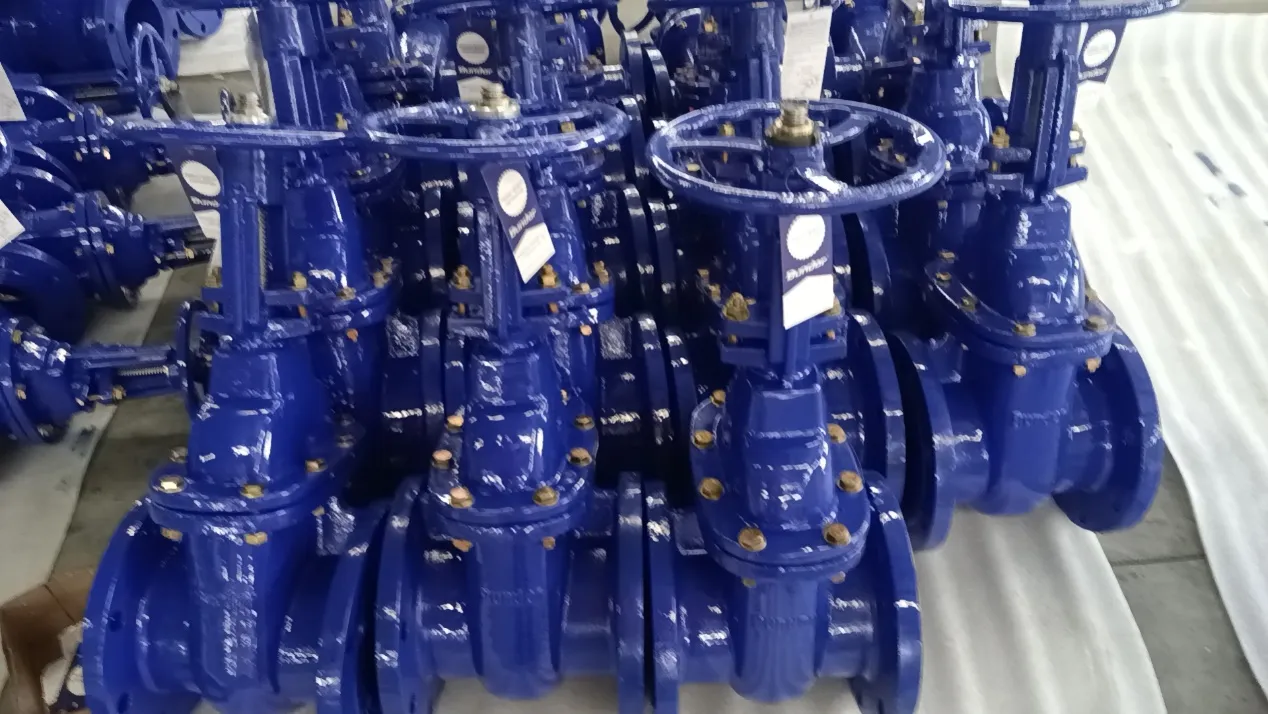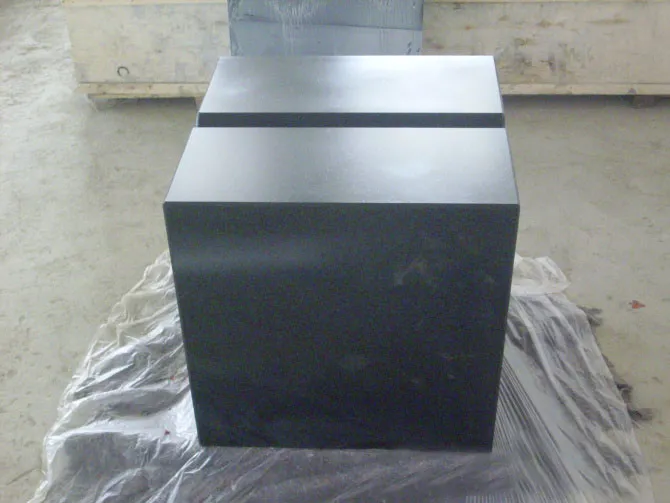ಮೇ . 31, 2025 12:57 Back to list
Cast Iron Surface Plates with T-Slot Design Precision & Durability
- The critical role of precision measurement surfaces in manufacturing
- Engineering advantages making cast iron preferable to granite alternatives
- Performance comparison of leading international manufacturers
- Customization potential with T-slot configurations and specialty finishes
- Industry-specific implementation scenarios and results
- Technical specification matching methodology for purchase decisions
- Long-term value proposition beyond initial cast iron surface plate
price considerations

(cast iron surface plate)
Precision Foundations in Modern Metrology
Industrial measurement accuracy begins with reliable reference planes. Cast iron surface plates remain indispensable across aerospace, automotive and tooling industries, providing the stable foundation for precision layout work. Global manufacturing currently utilizes over 450,000 cast iron reference surfaces daily, with dimensional tolerances under 0.0001" becoming standard requirements for ISO-17025 certified facilities. The demand for certified plates grew 7.3% annually since 2020, as quality control standards escalate worldwide.
Material composition significantly impacts performance longevity. Premium grades like ASTM A48 Class 40 resist deflection better than polymer composites when subjected to repeated workpiece loading. Thermal stability proves equally crucial - cast iron maintains dimensional integrity across operating temperatures from 50°F to 110°F, outperforming granite alternatives which develop calibration drift beyond 15°F fluctuations. This consistency reduces requalification frequency by 40% compared to stone surfaces according to NIST measurement data.
Engineering Advantages in Material Science
Vibration damping characteristics represent cast iron's critical advantage. Internal graphite flakes absorb harmonic frequencies at 125% greater efficiency than granite, minimizing measurement distortion in high-vibration environments like stamping plants. The crystalline structure provides natural lubricity that decreases abrasion on high-contact tools, extending calibration validity cycles to 24-36 months versus 12-18 months for composite materials.
Modern manufacturing techniques enable micro-finished surfaces averaging 10-15μin Ra smoothness without polishing compounds that could contaminate workpieces. Precision-ground plates exhibit less than 0.00005" per square foot deviation when maintained properly. The porous molecular structure actually improves over initial specifications during the 90-day wear-in period as crystalline alignment stabilizes under controlled loading conditions.
Global Manufacturer Performance Analysis
| Specification | EU Brands | US Manufacturers | Asian Foundries |
|---|---|---|---|
| Material Compliance | EN-GJL-250 | ASTM A48 Class 40 | JIS G5501 FC250 |
| Calibration Interval | 24 months | 36 months | 18 months |
| Flatness Tolerance/m² | 0.0015mm | 0.0005" | 0.002mm |
| T-Slot Availability | Custom CNC | Standard inventory | Requires MOQ |
| Surface Hardness | HB180-220 | HB187-241 | HB150-200 |
Leading American manufacturers typically provide immediate access to T-slot configurations with 5/8" slots spaced at 2" intervals as standard inventory. This accessibility contrasts with European counterparts where T slot cast iron surface plate variants require 45-60 day lead times for custom CNC machining. Thermal stabilization processes also vary significantly - US plates undergo 90-day natural aging before finishing while Asian imports average just 30 days of stress-relieving treatment.
Application-Specific Configuration Solutions
For inspection work requiring frequent fixture changes, modular T-slots provide operational flexibility that increases workstation utilization by 20%. The 5/8" slot profile accepts standard clamping systems with load distributions up to 3,000 lbs concentrated force when using alloy steel retention hardware. Workholding modifications can be implemented without permanent alterations that void dimensional certifications.
Surface finish customization serves specialized measurement needs. Ground-only finishes (15-20μin) suit mechanical calibration labs while lapped micro-finishes (8-12μin) benefit optical alignment applications. Electroless nickel plating creates non-marring surfaces for delicate component inspection, though it reduces thermal stability slightly compared to untreated iron. Anchor point configurations provide stability for large composite measurement jigs critical in aerospace tooling verification.
Industry Implementation Case Studies
Automotive prototype development facilities report 17% reduction in measurement uncertainty after replacing composite plates with stress-relieved cast iron models. Engine block verification jigs maintaining ±0.0003" positional accuracy required recalibration every 114 days using granite surfaces, while cast iron plates sustained specifications for 263 days between calibrations. The resulting reduction in measurement system analysis costs recovered the initial cast iron surface plate price within 11 months.
Turbine blade inspection stations implemented 48"×72" plates with perimeter T-slots for rapid fixturing. Changeover time decreased from 45 minutes to under 10 minutes per configuration, allowing 37% more inspections per shift. Manufacturing engineers validated that the iron's vibrational damping reduced measurement noise by 29% compared to previous granite tables when air compressors operated simultaneously on the production floor.
Specification Alignment Methodology
Dimensions should exceed the largest workpiece by 20% minimum to prevent edge-effect measurement inaccuracies. The relationship between plate thickness and stability follows the 1:8 height-to-width ratio principle established by Federal Specification GGG-P-463c. For critical automotive gaging applications, 30"×48" plates typically require 6" thick sections while 48"×72" layouts need 8" minimum thickness to prevent deflection beyond Grade AA tolerances.
Laboratories requiring ISO-17025 compliance must verify calibration certificates against B89.3.7 standards. Secondary grinding after 5-7 years of service typically restores plates to original specifications rather than replacement, costing approximately 35% of new investment. This refurbishment extends service life to 15-20 years with proper maintenance, positioning cast iron surface plates for sale as capital investments rather than consumable tooling.
Total Cost of Ownership Calculations
While entry-level plates begin near $1,800 for 18"×24" Grade B units, precision-ground Grade AA plates range from $4,200-$9,500 depending on dimensions and features. The 15-year operational lifespan provides significant advantage over polymer equivalents requiring replacement every 5-7 years. Maintenance costs remain minimal - annual resurfacing averages $18 per square foot compared to $40 per square foot for granite replacement when damaged.
Facilities should evaluate plate selection through measurement uncertainty budgets rather than initial pricing. Dimensional consistency over temperature variations reduces measurement system analysis costs by 60% compared to alternative materials. Certified remanufacturing programs from major suppliers now provide certified pre-owned plates at approximately 70% of original list pricing with identical calibration guarantees as new units. This creates accessible entry points for quality departments balancing precision requirements and budget constraints.

(cast iron surface plate)
FAQS on cast iron surface plate
Q: What is a cast iron surface plate used for?
A: A cast iron surface plate provides a flat reference surface for precision measuring, tool setup, or inspection tasks. It’s widely used in machining, manufacturing, and quality control due to its durability and stability.
Q: What factors affect the cast iron surface plate price?
A: Price depends on size, accuracy grade (e.g., Grade A or B), thickness, and optional features like T-slots. Customizations and brand reputation also influence costs.
Q: Why choose a T-slot cast iron surface plate?
A: T-slot designs allow secure clamping of workpieces or tools during machining or assembly. This versatility makes them ideal for workshops requiring adjustable setups.
Q: Where can I find a cast iron surface plate for sale?
A: They are sold through industrial suppliers, specialized metrology retailers, and online platforms like Amazon or eBay. Check manufacturer websites for certified options.
Q: How to maintain a cast iron surface plate?
A: Clean regularly with a solvent to remove debris, apply a rust-preventive coating, and store in a temperature-controlled environment. Avoid impacts to preserve flatness.
-
Why the Right Angle Ruler Reigns in MetalworkingNewsJul.21,2025
-
The Enduring Allure of Granite Boxes in Modern InteriorsNewsJul.21,2025
-
The Digital Gauging Revolution: Reshaping Thread Rings Inspection's FutureNewsJul.21,2025
-
How Modern Inspection Platforms Transcend Surface MeasurementNewsJul.21,2025
-
How Customization Drives Wholesale Success in Parallel RulersNewsJul.21,2025
-
Fortifying Permanent Steel Ground Anchors Against Corrosion's OnslaughtNewsJul.21,2025
Related PRODUCTS









